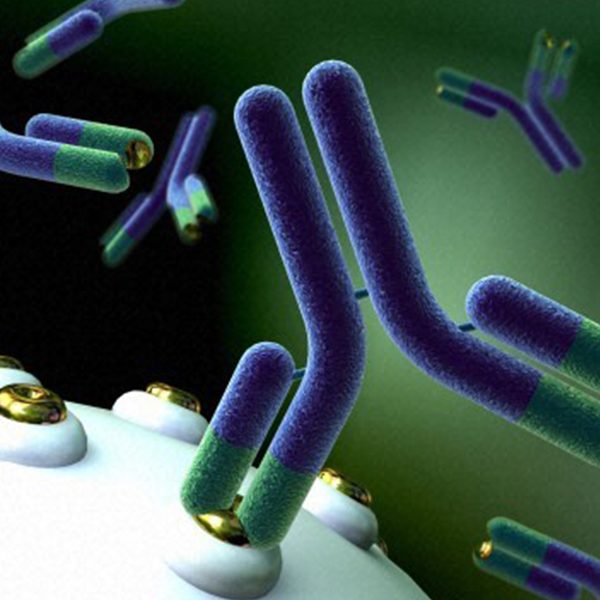Bloodletting and The Death of George Washington: Relevance to Cancer Patients Today
Dr. Richard Frank—
The day was December 12, 1799. A freezing rain whipped the Virginia countryside including Mount Vernon, where President George Washington lived and maintained his plantation. He inspected his lands for many hours that day, riding horseback and braving the harsh elements just as he had done throughout his life. Although he awoke the next morning with a hoarse, sore throat, it did not deter him from going out again, this time in heavy snow. By 3 am on Saturday the 14th, however, he awoke seriously ill and summoned his aides and doctors.
It was clear that the General had an upper respiratory infection, what is thought today to have been epiglottitis (inflammation and swelling of the epiglottis) or streptococcal pharyngitis (“strep-throat”). In those early days of medicine, however, there was no definitive way to diagnose a bacterial infection and no antibiotics to treat it. Many doctors, in fact, believed that bloodletting or the removal of a portion of an ill person’s blood could improve their condition. In accordance with this, in addition to the application of the usual crude purgatives and emetics, over half of Washington’s blood was drained in just a few hours. It is widely held today that the Father of our country died from the aggressive bloodletting, which resulted in severely low blood pressure and shock.
How could such an important man as Washington have been treated with a method that was considered by many even then to be at best futile and potentially harmful? Did the doctors who applied this method have good evidence to back up their treatment methods? Why is this at all relevant to patients with cancer who read this blog? I will explain.
I recently came across a fascinating article on the history of bloodletting, entitled “Bleeding by the numbers: Rush versus Cobbett” in the journal The Pharos. The main proponent of bloodletting as a way to fight disease was one of the most prominent physicians of the day, Dr. Benjamin Rush. Rush was one of the signers of the Declaration of Independence, a highly educated physician who was also involved in politics and public health.
In 1793, a yellow fever epidemic in Philadelphia killed nearly 10% of the population. Dr. Rush was a major advocate of bloodletting and claimed that his methods resulted in better survival rates, attracting many patients to his practice. Rush’s influence led many doctors to adopt his bloodletting methods for a wide range of illnesses, including those who attended President Washington on the day he died.
But not all were convinced that bloodletting was an effective therapy. The most vocal opponent of the method and of Dr. Rush was William Cobbett, a highly intelligent and quick-witted journalist from England who published his opinions in the popular newspaper Porcupine’s Gazette. He made statements such as, “The times are ominous indeed. When quack to quack cries, Purge and bleed” and “And so is a mosquito, a horse-leech, a ferret, a pole cat, a weasel: for these are all bleeders and understand their business full as well as Doctor Rush does his.” It is no surprise that Rush sued Cobbett for libel.
Cobbett lost the libel suit (coincidentally on the very day that George Washington died) but he then he did something very important. According to an article in JAMA, Cobbett investigated the city’s mortality statistics and determined that deaths had actually increased after Rush began his aggressive bloodletting campaign. In a word, he used data, whereas Rush had used only his own experience and anecdotes to support his claims. Cobbett was an early pioneer in the field of medical statistics and what is referred to today as “evidence-based medicine.”
What relevance does this have to cancer patients? When you hear an advertisement for a particular therapy or hospital for the treatment of cancer, it is important to ask about the evidence that support the claims made. When practitioners of unapproved or “alternative” therapies tout the wonderful results they have had with their patients, think of the claims made by Dr. Rush and the results with President Washington. Be skeptical and ask about the evidence and clinical trials that support the effectiveness of any cancer therapy. Without such evidence, it could just be another form of bloodletting.
Richard C. Frank, M.D., is director of cancer research at the Whittingham Cancer Center of Norwalk Hospital, medical director of Mid-Fairfield Hospice, and Clinical Assistant Attending at Weill Cornell Medical College. He has been appointed cancer expert for WebMD and was named a “Top Doc” in the New York Metro area by Castle and Connelly.
Further Reading:




